
In this lesson, students will use the peer conference format to provide feedback to a peer.
- Subject:
- English Language Arts
- Material Type:
- Lesson Plan
- Provider:
- Education.com
- Author:
- Education.com, Inc
- Date Added:
- 04/23/2019

In this lesson, students will use the peer conference format to provide feedback to a peer.

In this activity, students write a letter to a service member.

Students prepare a news report that highlights problems facing coastal communities and how climate change might affect coastal populations.
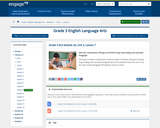
In this lesson, students write a first draft of their Freaky Frog Trading Card paragraph in first person using vivid, precise words and phrases in their writing.

In this lesson, students build off the planning they did in Lesson 10: their Bullfrog Research matrix and their Accordion graphic organizer in order to write an informational paragraph about how a bullfrog survives.
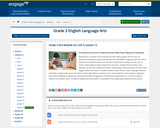
In this lesson, students write a new research-based narrative paragraph about another adaptation of their freaky frog.
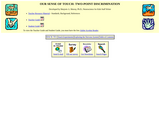
Students will learn how to investigate the touch sensory system to discover more about the skin and its sensory receptors. Through a variety of experiments, they will learn how touch information is important in motor tasks. Students will design their own experiment through an inquiry-based approach. Extensive teacher and student guides are provided.
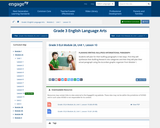
In this lesson, students will plan for their bullfrog paragraphs in two ways. First they will synthesize their Bullfrog Research into categories and then they will plan their actual paragraph using the Accordian graphic organizer from Module 1.
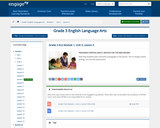
In this lesson from Expeditionary Learning, students will write an informative/explanatory text on Waiting for the Biblioburro by Monica Brown. This is Lesson 5 of 17 from the Grade 3 Curriculum Map Unit 3, Module 1: http://engageny.org/resource/grade-3-ela-module-1-unit-3 .
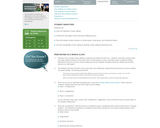
In this lesson, students are introduced to a three-step strategy for peer editing which prepares them to engage in constructive peer editing of classmates’ written work on a regular basis.
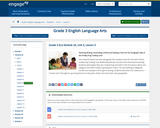
In this lesson, students imagine they are a freaky frog and write in the first person about one category from their Freaky Frog Research matrix.
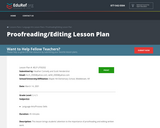
In this lesson,students will be able to use proofreading and editing symbols to identify errors.
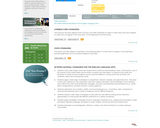
In this lesson, students examine and discern the writing structure of various alphabet books and improve their writing skills by creating an alphabet book using one of the structures examined.

This course was created by the Rethink Education Content Development Team. This course is aligned to the NC Standards for 3rd Grade ELA.

This resource accompanies our Rethink 3rd Grade ELA course. It includes ideas for use, ways to support exceptional children, ways to extend learning, digital resources and tools, tips for supporting English Language Learners and students with visual and hearing impairments. There are also ideas for offline learning.

This course was created by the Rethink Education Content Development Team. This course is aligned to the NC Standards for 3rd Grade English Language Arts.
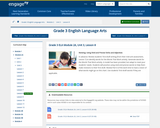
In this lesson, students revise their Freaky Frog Trading Card paragraph in first person using vivid, precise words and phrases in their writing. Students add describing words to communicate what they have learned about how their frog survives.

In this activity, students will design a solar system travel journal.

Students will play the role of newspaper reporters in order to research, write, and publish an article about the history of the Star-Spangled Banner. This is connected with the Smithsonian Museum in Washington, DC.
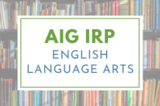
This writing activity for gifted learners might serve as a culminating activity or final assessment as part of a larger fiction-based genre study. Students will take part in close readings of a variety of fictional genres throughout the unit, such as parables, fables, folktales, fairy tales, myths, novels, and even poetry. In this activity, gifted learners would work independently to close read The 13 Clocks by James Thurber. They will work to decipher the story and it’s genre, analyzing major components of the story (such as a central message, characters, setting, and/or events in the story) and evaluating those components by the various genre criteria they learned about in class and through their own online research. This will culminate in an opinion piece arguing as to the genre of The 13 Clocks and potentially the creation of a new genre. This lesson was developed by NCDPI as part of the Academically and/or Intellectually Gifted Instructional Resources Project. This lesson plan has been vetted at the state level for standards alignment, AIG focus, and content accuracy.